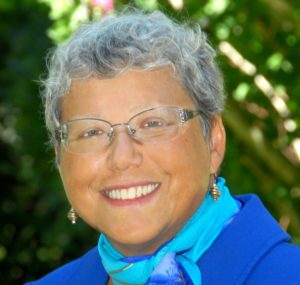
From young, healthy and active to disabled
In 1977, I was 25 years old and attending graduate school, working towards a master’s degree in social work. I was healthy and active and I enjoyed bicycling long distances and hiking. I started running to get into better shape in preparation for a bicycling trip through Europe. As I continued to run, my back started to bother me. I went to a doctor who told me to stop running and gave me a handout with some back exercises to do. I stopped running and hurt my back more doing the exercises. From then on, anything I tried to do seemed to injure my back more. The last straw was a yoga class where, not knowing any better, I tried to keep up with everyone else instead of listening to my own body. After that class, I was in agony 24/7. I was in too much pain to attend my classes and had to drop out of graduate school. I could barely even tolerate sitting up to eat.
For the next 3 ½ years I barely functioned because of the pain. I went from doctor to doctor. None of them could figure out what was wrong with me. They prescribed narcotics, muscle relaxants and anti-inflammatory drugs. None of the medications helped and they turned me into a zombie. My health insurance was one of the first HMOs and they refused to pay for anyone who wasn’t on their small staff, which didn’t include any chiropractors or osteopaths. I went for treatment even though I barely had any money. Chiropractic and osteopathic manipulation helped only a little. I was still in too much pain to function. I consulted an orthopedic surgeon who spent 45 minutes examining me and talking to me and seemed to be very compassionate. At the end of the appointment he gave me a diagnosis of chronic body pain and said there was nothing he could do for me. He told me I might be like that for the rest of my life and to learn to live with it.
By this time I was 28 years old and had lost everything. I had no income, minimal support from friends and family and my prospects for anything getting any better looked pretty dim. I was considering suicide.
I found hope in a very surprising place
Then a friend of mine who was a health reporter suggested I read a book, Anatomy of an Illness, by Norman Cousins. Cousins was diagnosed with ankylosing spondylitis, a painful and progressively crippling joint disease. He was told he had only a one in five hundred chance of recovery. Cousins didn’t like those odds and applied himself to finding a cure. He learned about the mind/body connection and started on a program of “laughter therapy”. He also ingested large doses of vitamin C, which he learned through his research is important for connective tissue.
At the time I was reading the book, I was watching the holocaust miniseries on TV and reading books about World War II and the holocaust. The topic interested me and distracted me from what was going on in my life. I had no idea at the time that focusing so much of my attention on such devastating world events would have any impact on my pain or mood. After my eyes were opened by reading Cousins' book, I changed what I was watching and reading.
Cousins also mentioned biofeedback, a treatment that uses sensitive electronic instruments to measure physiology and then feeds that information back to the patient so that the patient can learn to control his/her body. The idea appealed to me and I found a psychologist in my area that provided the service. The psychologist told me at our first meeting that fear and worry causes changes in physiology that increase pain, including increased muscle tension, changes in blood flow, suppressed immunity and suppressed healing response. He taught me a relaxation technique to counteract it, using hand temperature biofeedback to measure how I was doing. Our hands cool when we are stressed as part of the fight or flight response. He gave me a simple liquid crystal strip that measured my hand temperature to use for home practice.
My pain levels decreased about 50% in a day! I had felt out of control, which frightened me. The biofeedback gave me a way to make a difference. With less fear, I felt better. I continued to monitor my hand temperature and worked to keep my hands warm throughout the day. I also began to explore other mind/body approaches to healing my back.
I was also very weak from the years of inactivity and afraid to start moving again. I found an exercise program at the local YMCA called “The Y’s Way to a Healthy Back” and enrolled. The supervision and coaching involved in the program were very helpful in getting me back on my feet. I also took up swimming to help my back. I got back to work full time soon after at an administrative job and eventually finished my degree.
My back was better but then...
Unfortunately, after a few years back at work I started to have some foot problems. I developed a bone spur in my big toe joint on my left foot that felt like a stabbing pain with every step. After more conservative measures failed to contain the problem, I had surgery to remove the bone spur. After the surgery I experienced a different kind of pain when walking. I could only walk a few steps before I was in agony. Once again, no one could tell me what was wrong. I went to many doctors and physical therapists and none offered any relief. After a while I found that even sitting in a chair with my foot on the floor was too painful. My mind/body interventions were no help at all.
Fourteen years went by with me managing my foot pain as best I could. By this time, I had left my job and set up my clinical social work practice. The social worker who was supervising me suggested that I try Rolfing, a type of bodywork that gets deeper into the soft tissue than massage. Also known as structural integration, Rolfing is based on returning the body to its natural state of balance. I realized that during the time that I was healing from the incision above my big toe joint I was walking on the side of my foot. This caused my muscles, ligaments and fascia to shorten so that I could no longer walk normally. After two sessions of Rolfing, I felt like I had a new foot!
Even more pain challenges came later
Unfortunately, that wasn’t the end of my pain problems. Since my foot felt better, I decided to take a long walk one day. When I got home, I bent over the sink to wash my face. My hip muscles, fatigued from the unaccustomed effort of walking, gave out and I sprained muscles in my hip. The injury was so painful that I could barely sleep for three weeks. The pain from that injury limited my activities for the next three years or so, but Rolfing, stretching and continuing to swim eventually resolved the pain.
A few years later, I experienced a repetitive strain injury that caused tendonitis in both my arms. My driveway and walkway were icy. I used a small spray bottle to coat the surface with an ice-melting spray. After that, I had difficulty lifting anything with my arms. The pain and weakness persisted for about two years but did resolve with acupuncture.
I still wasn’t done with pain. About nine years ago, as I was completing work on a book about alternative treatments for chronic pain, The Truth About Chronic Pain Treatments: The Best and Worst Strategies for Becoming Pain Free, I developed another painful foot problem called plantar fibromatosis. My left foot was inflamed with small benign growths on the bottom of the arch. With every step I experienced a very painful pulling sensation in my foot. My podiatrist told me there was no effective conventional treatment for the condition. The growths could be removed, leaving potentially very painful scars on my foot but the growths would likely return. Once again, alternative medicine came to the rescue. While researching my book I learned about low level laser therapy (LLLT), also known as cold laser therapy or photobiomodulation. LLLT uses red and near infrared light to reduce inflammation and pain and heal tissue. It also works for osteoarthritis, which was causing misery for my elderly cat. I acquired a unit to use at home and both of us got better.
Injury, surgery and acute pain
About five years ago, life had been going along pretty well for a few years. I was busy with my clinical practice, promoting my book and starting a website, the Alternative Pain Treatment Directory, for people with chronic pain. I walked into a home improvement store to pick up a hitch pin for my bike rack prior to a planned vacation and got tripped by a store employee. I fell and broke my ankle. I needed a surgical repair that included a plate and six screws. By this time I had been preaching the perils of opioids and the benefits of alternatives for some time. I was concerned about research that said that patients who used opioids for acute injury were more likely to develop chronic pain than patients who didn’t use opioids.
I believed, based on my prior experience and research, that I was better prepared than just about anyone to manage pain without opioids, so I decided to forgo them. I managed the pre- and post-surgical pain with CBD oil, another alternative treatment I had learned about in my research. I also took ibuprofen and Tylenol for the first two days post surgically and used homeopathic remedies arnica, ruta and hypericum. I used a pulsed electromagnetic frequency device (pEMF) to reduce pain and inflammation and speed healing. Once the dressing came off the ankle, I used the low level laser therapy, which has to be used directly on the skin, to reduce pain and inflammation and speed healing. I was also very concerned because I could not weight bear on my right leg for six weeks and I was afraid of reactivating old injuries by putting too much stress on previously injured parts of my body, including my left foot and hip, back and arms. I used the LLLT as a preventive measure and, miraculously, it worked and none of my old pain returned. After about six weeks, I started a course of physical therapy to restore strength and range of motion to my ankle. I also had more Rolfing sessions. I've been able to get back to all of my previous activities.
The other alternative
Now imagine an alternative reality without my use of alternative medicine. If, after injuring my back, I had never discovered mind/body healing and biofeedback but I somehow avoided killing myself. I found an opioid that would numb my pain. I had to re-dose several times every day and never got better. I went on to develop foot pain, hip pain, arm pain and weakness, more foot pain then broke my ankle. I would have not been able to work after my back injury so I would be on disability and too poor to afford any of the alternative treatments that have been helpful to me. Instead of enjoying my life and being a productive member of society engaged in rewarding work, I would be miserable and completely dependent on my family and friends.
And that, my friends, is why I am a passionate believer in, and advocate for, alternative pain treatments.
Cindy Perlin is a Licensed Clinical Social Worker, certified biofeedback practitioner, and chronic pain survivor. She is the author of The Truth About Chronic Pain Treatments: The Best and Worst Strategies for Becoming Pain Free and the creator of the Alternative Pain Treatment Directory. She is in private practice in the Albany, NY area where she has been helping people achieve their health and wellness goals for over 30 years.
Want my help finding the right alternative pain treatment for you? Schedule a consultation!



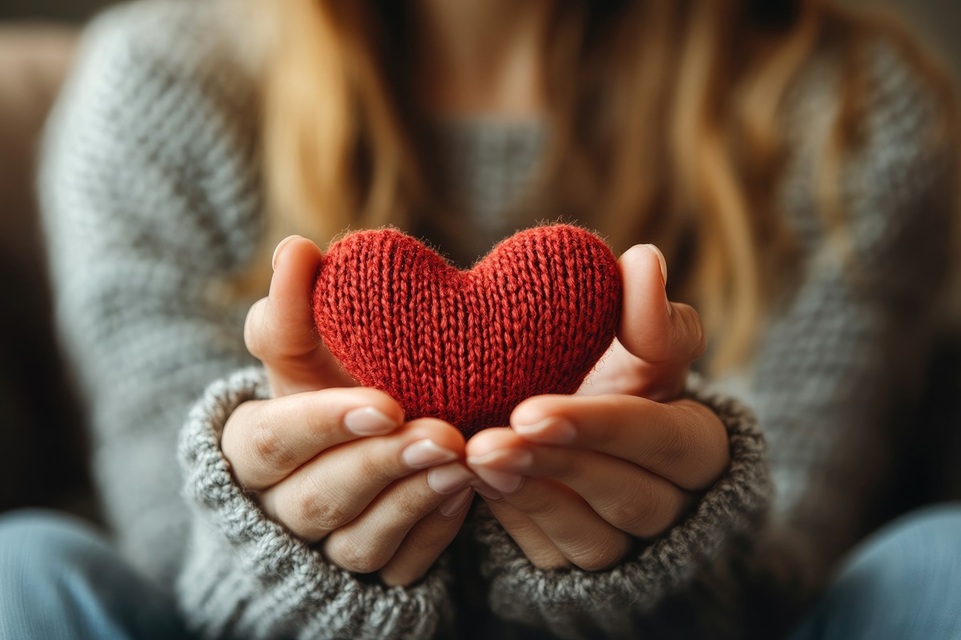
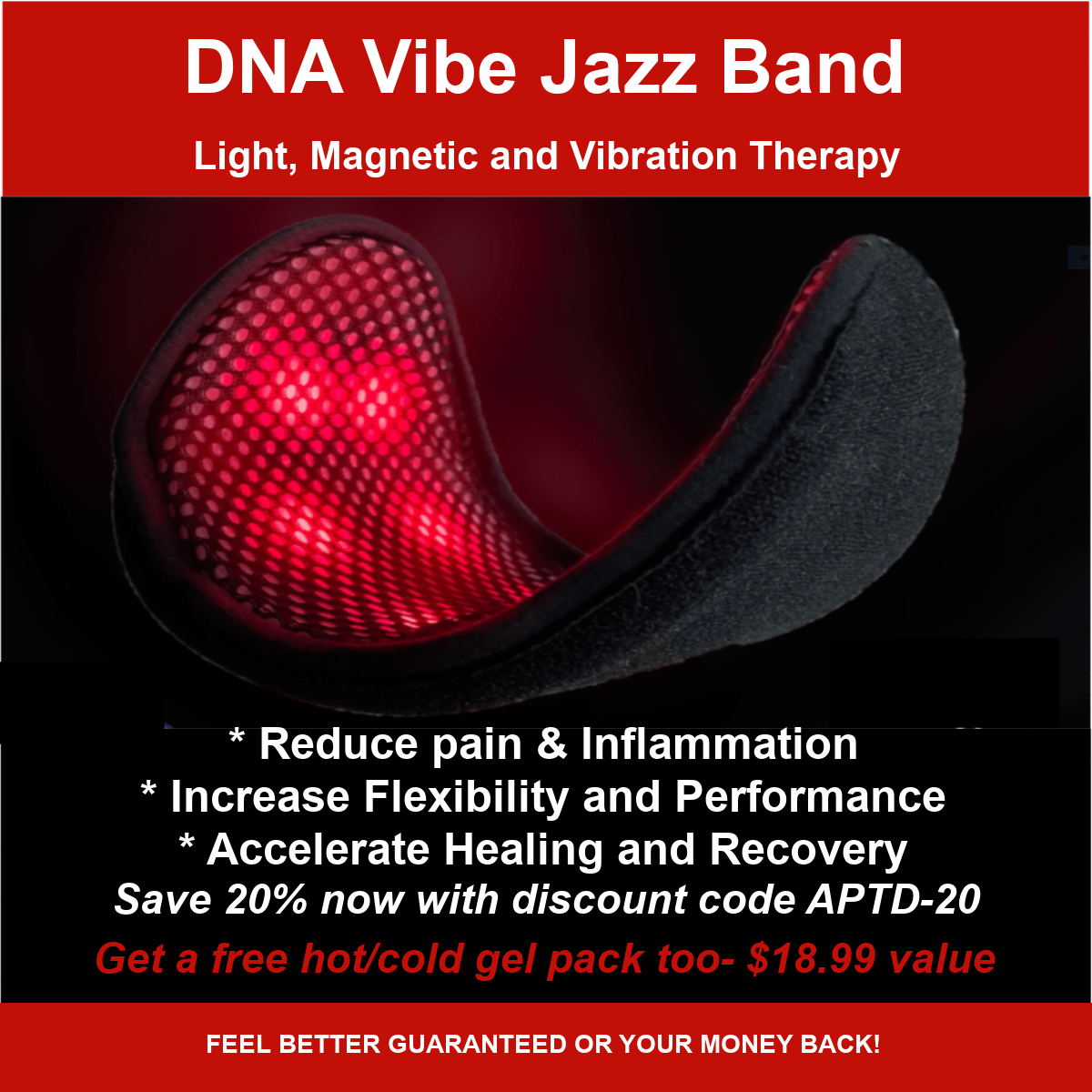
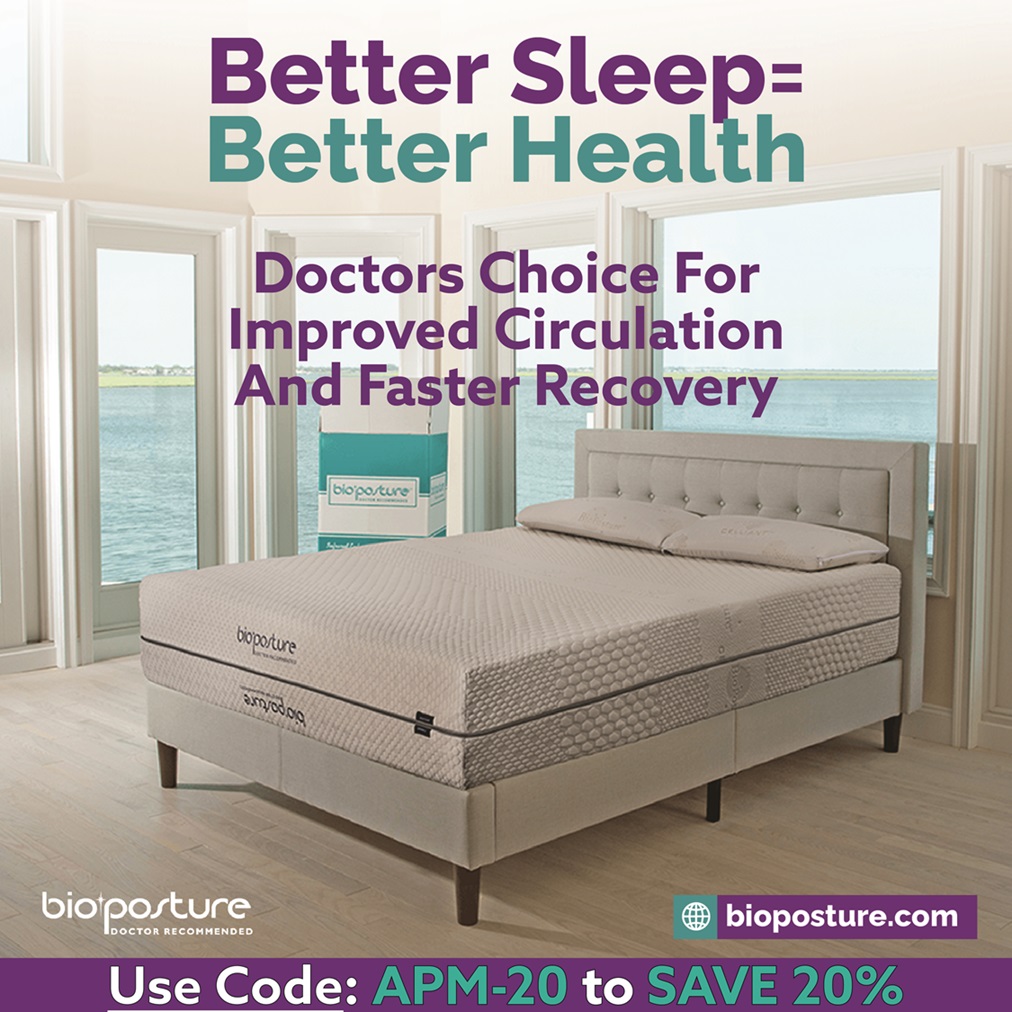
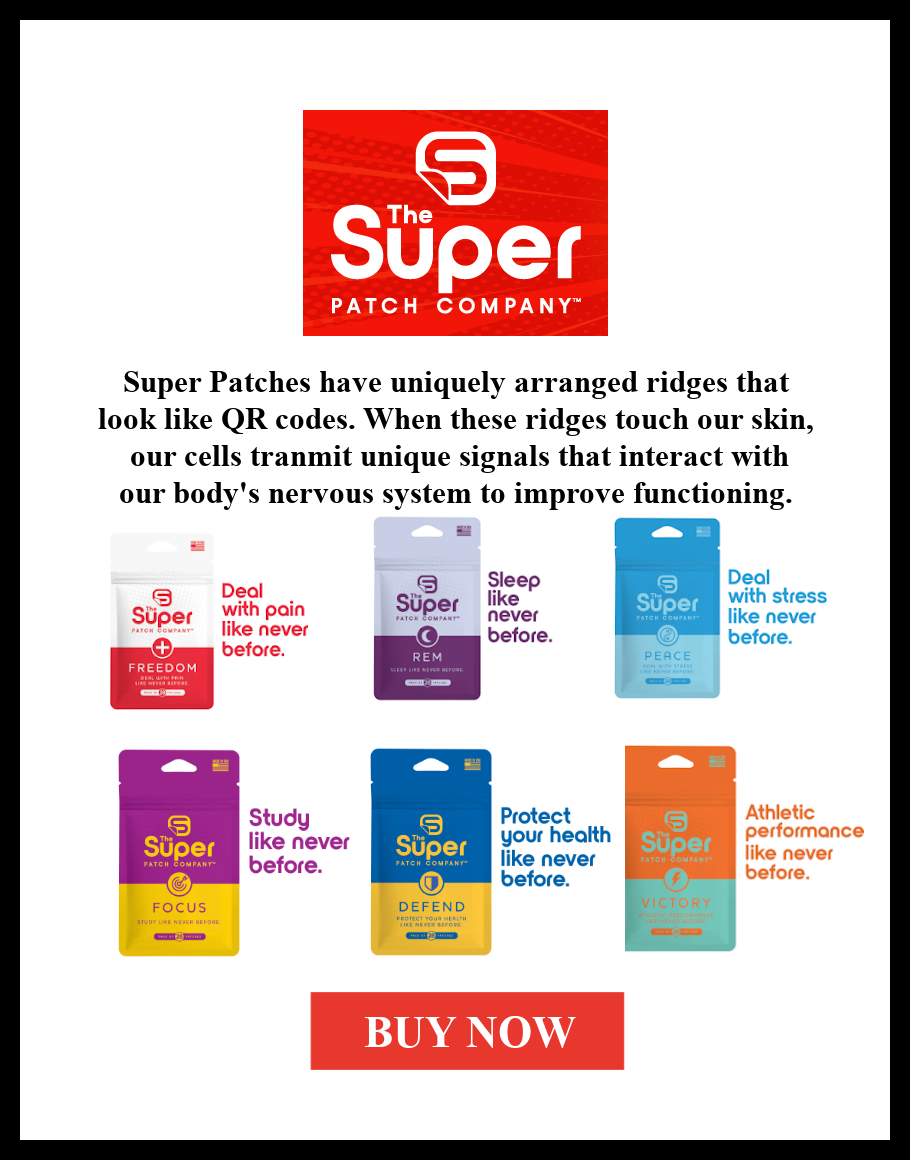
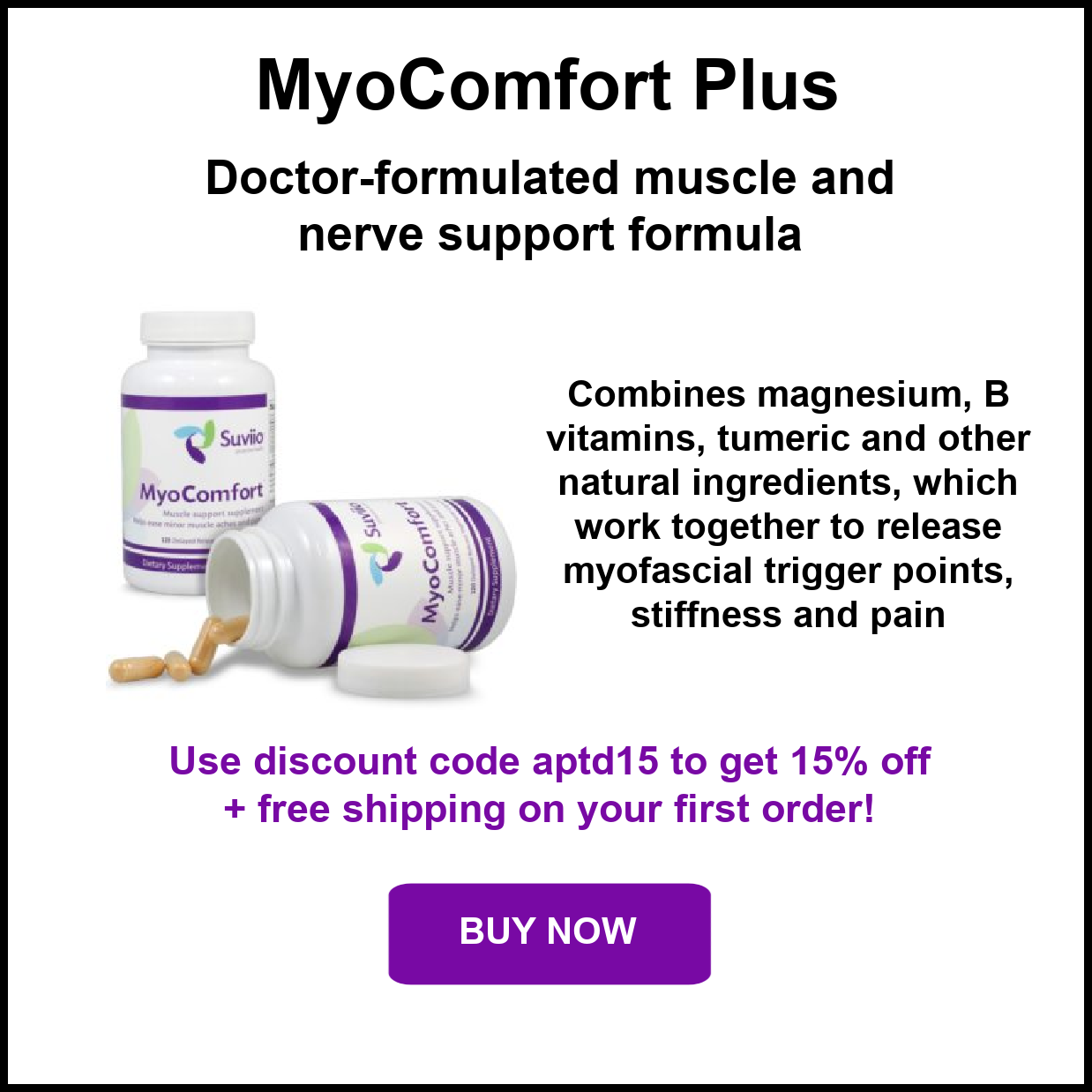
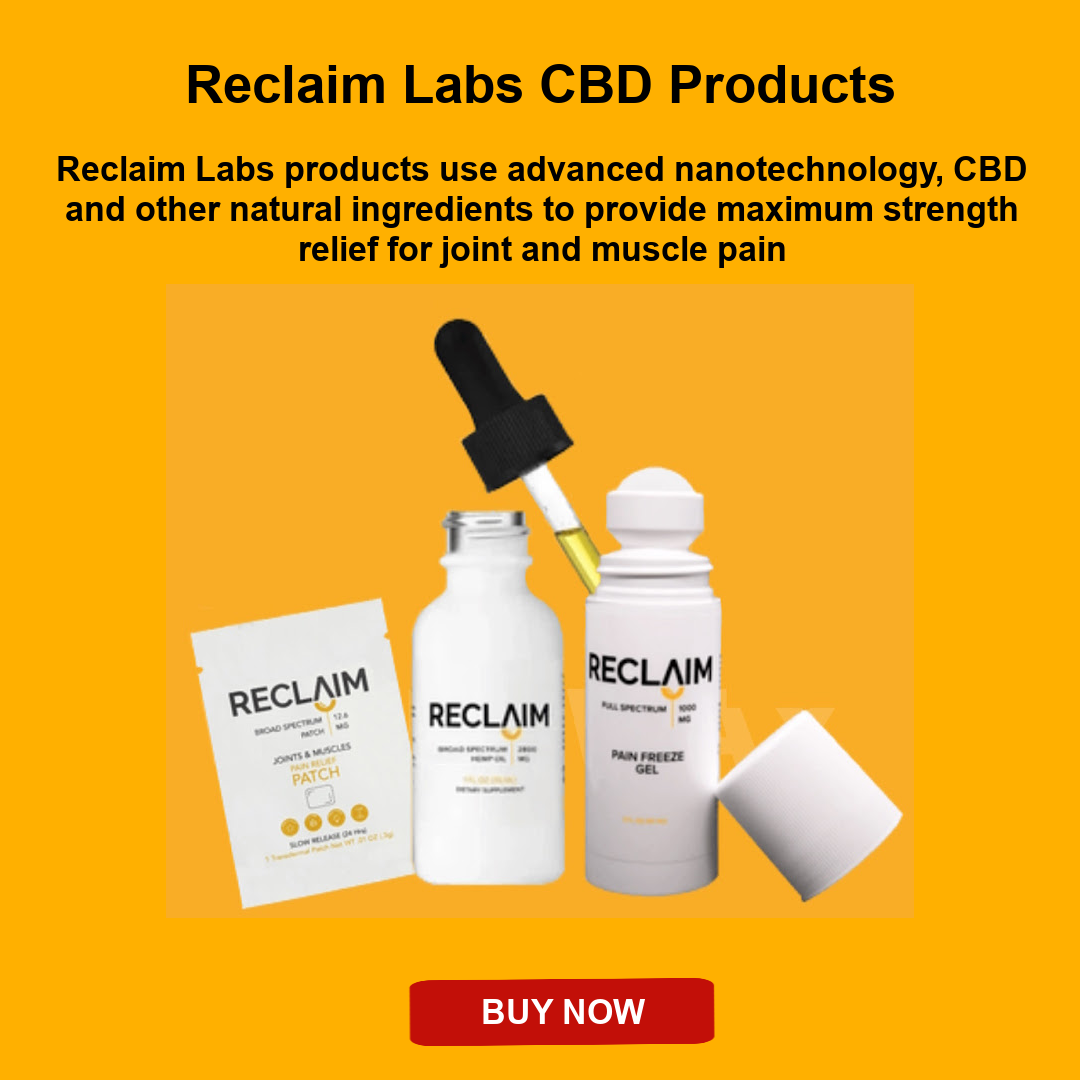


Comments